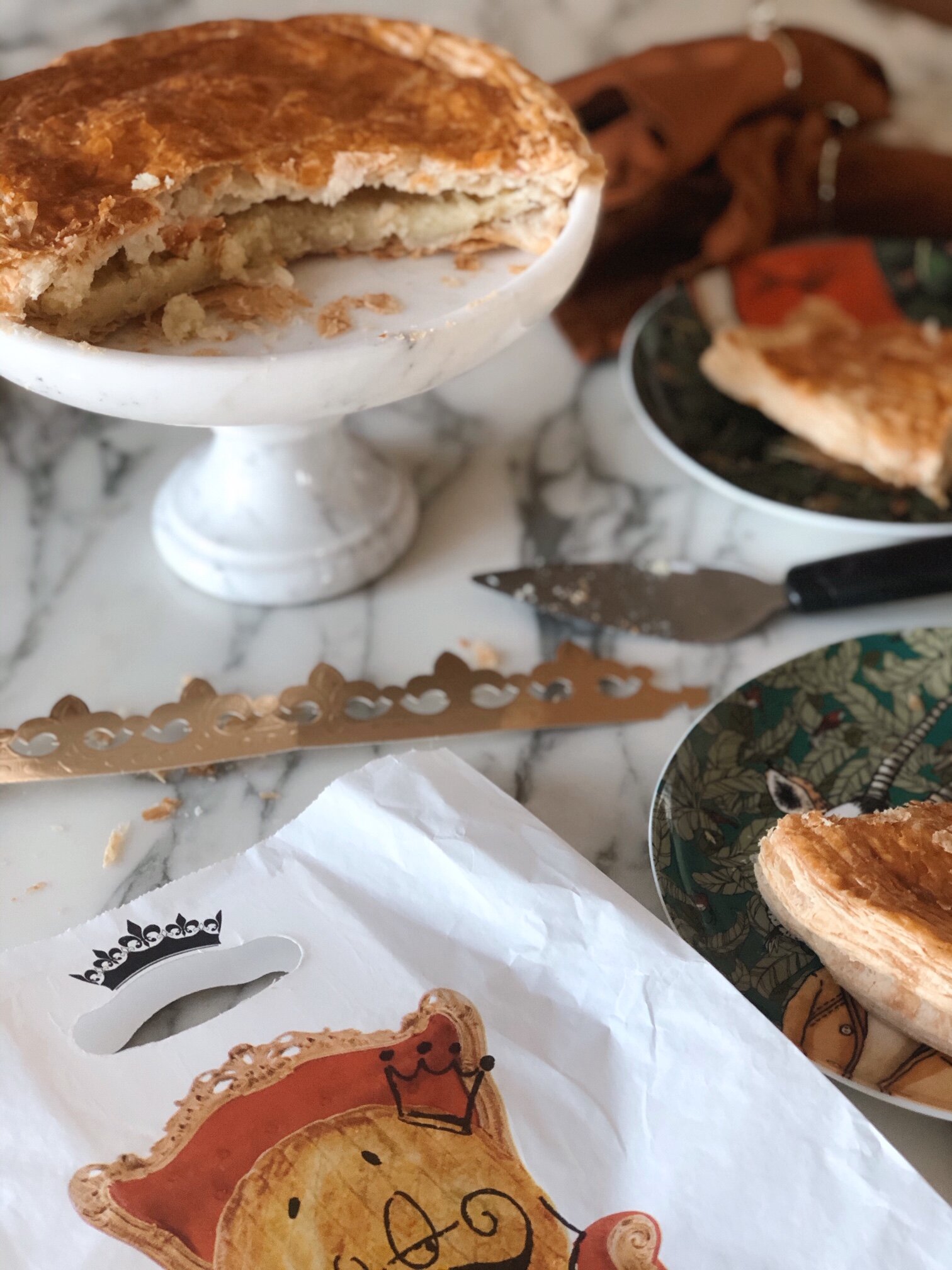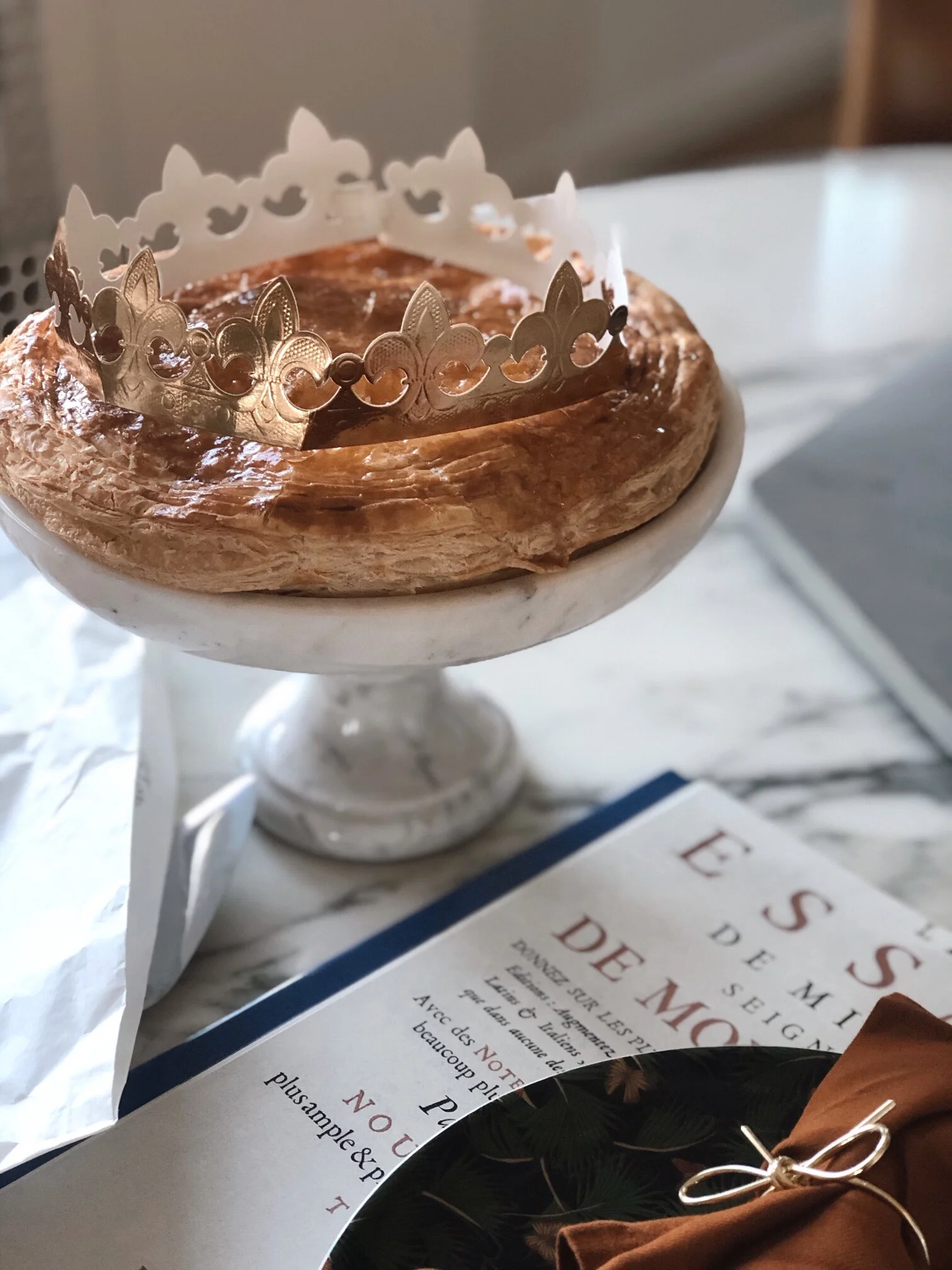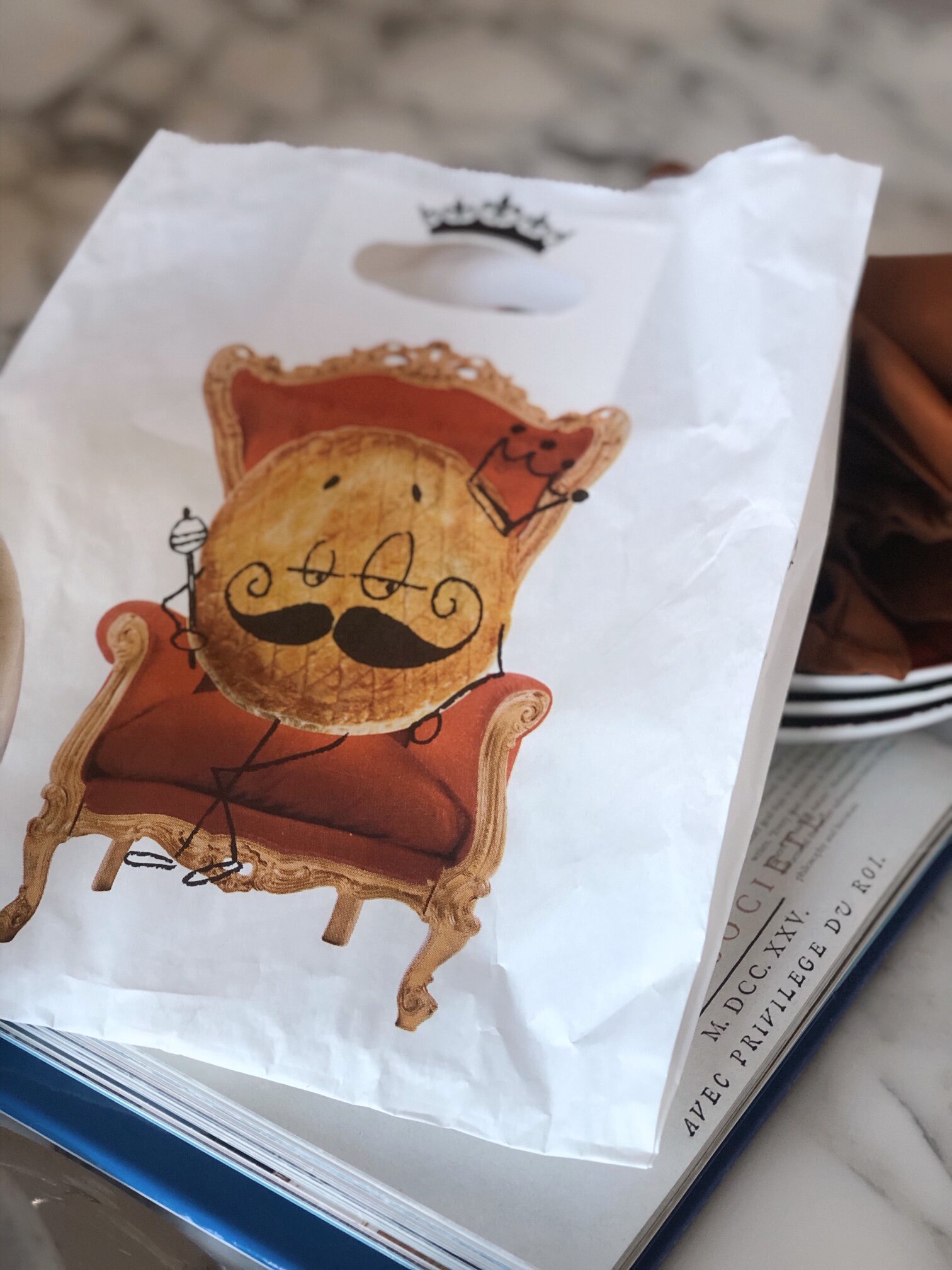Galette des Rois: A Sweet French Tradition
You thought the French food fest was over now that Christmas and New Year’s Eve was behind us? Think again. With the arrival of January comes a national obsession with the galette des rois – the “king cake.”
If you’re in France, you’ve probably noticed this scrumptious-looking cake, usually topped with a golden paper crown, in your local boulangerie (bakery), pâtisserie (pastry shop), or supermarché (supermarket) since mid-December. It’s flaky, sweet and best served when warm, straight out of the oven.
But the pleasure brought by a galette des rois isn’t merely due to its delicious taste – it’s also the anticipation of wondering whether you will be the lucky one to discover la fève, a tiny charm, buried inside one of the slices. If you are, you’re “king for a day” and take your place in a 700-year old French tradition.
History
The French have been serving up galette des rois since the 14th-century. Traditionally, it’s served on January 6th – the 12th day of Christmas – to celebrate the Epiphany, a religious feast day commemorating the arrival of the Three Kings to the manger where Jesus was born. Today, it’s eaten throughout the month of January and is simply a festive way to celebrate the new year with family and friends, regardless of religious background.
You’ll typically find two basic styles of galette des rois: In northern France, it’s made of pâte feuilleté, puff pastry, and stuffed with a dense, creamy almond paste called frangipane. In the south of France, you’ll be eating a brioche-style cake covered with candied fruit. Other variations can be found as well, from shortbread-style, popular in Western France, to those that have alternate fillings, such as chocolat-poire (chocolate-pear) or raspberry.
Serving Traditions
Tradition dictates that when serving galette des rois, the entire cake should be divided such that each guest receives a slice, plus an extra, symbolic slice for any unexpected visitor, or poor person, that should pass by. In this way, everyone has the opportunity to “tirer les rois,” – or “draw the kings” – from the cake.
The “king” is represented by the fève, once a fava bean, now a porcelain or plastic figurine, hidden inside the cake. The person who discovers the fève in their serving is declared le roi (the king) or la reine (the queen) and gets to wear the golden paper couronne (crown) that comes with cake. In some families, le roi or la reine gets to choose a royal counterpart and is tapped to buy the next galette des rois.
Kids and adults alike can get surprisingly enthusiastic about the winning of the fève – many people collect them – and playful accusations of cheating might occur. To avoid this, it is traditional during the slicing of the galette to have the youngest child at the gathering slip underneath the table to call out the name of the person to receive each slice so the server can’t be accused of playing favorites..all though my friend Jean Baptiste from Saint Amon here in Tulsa shared with me that they usually plan it where the child under the table gets the slice with the fève.
The Modern Take
Today, pâtissiers across France make their own versions of the traditional cake, from Pierre Hermé’s rice pudding and caramel galette to Angelina’s gold-dust covered galette. And the fèves get more and more creative as well: some boulangeries create special collections of fèves depicting modern themes from great works of art, to classic movie stars, or even popular cartoon characters. Jean Baptiste also explained this is a very good thing for the pâtissier because it results in many sales if people are trying to collect the fèves!
If you’re here in Tulsa you should pick up a Galette des Rois from Saint Amon. He has created two versions of the Galettes!! And has even purchased the adorable bags, crowns, and fèves directly from France!!!!
à bientôt
Happy Epiphany !!


















